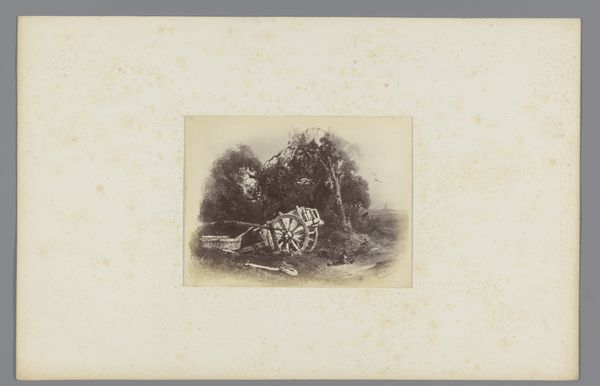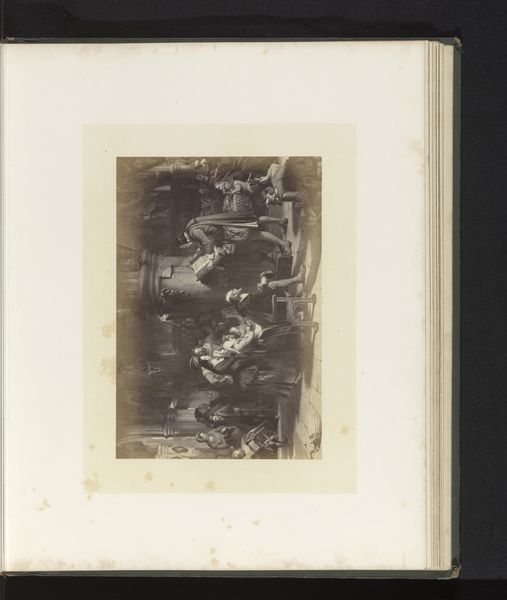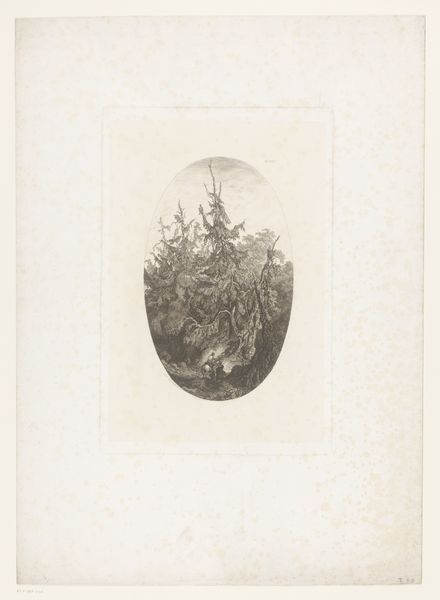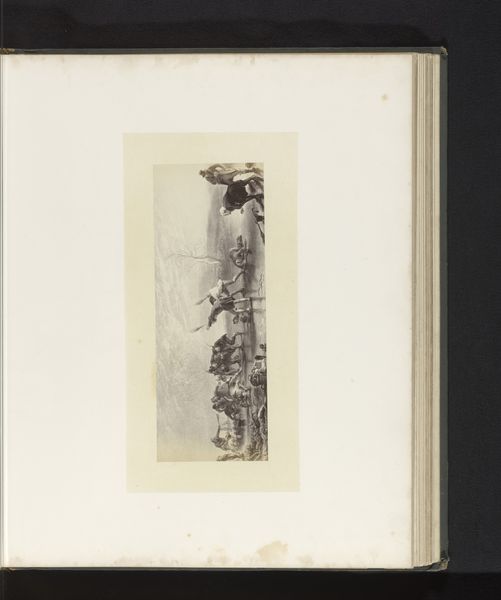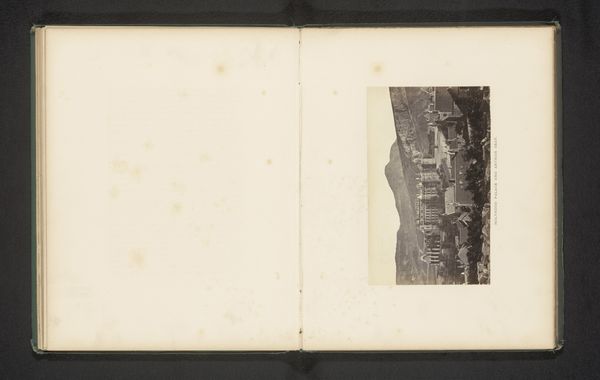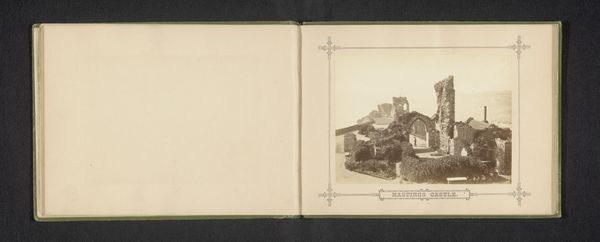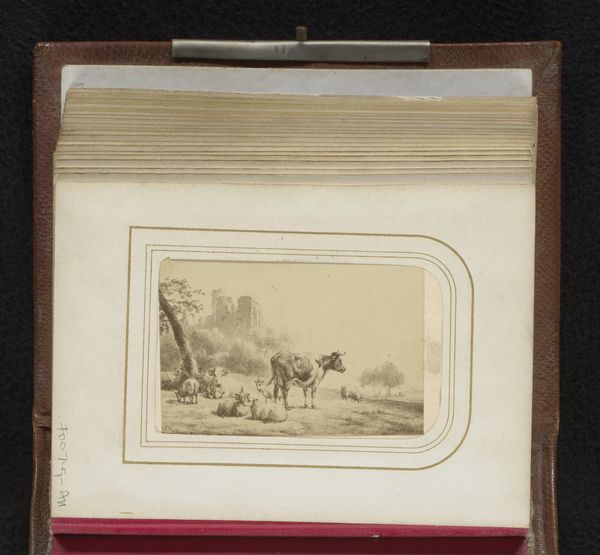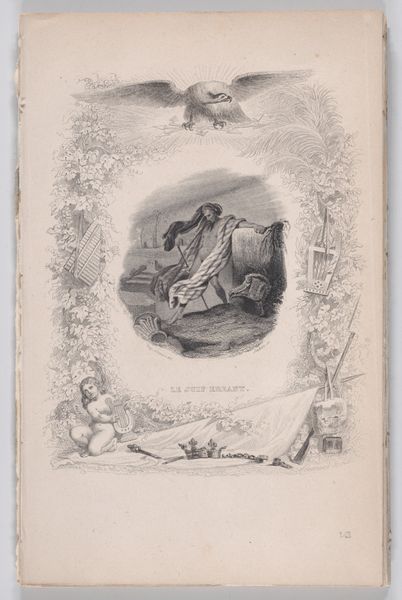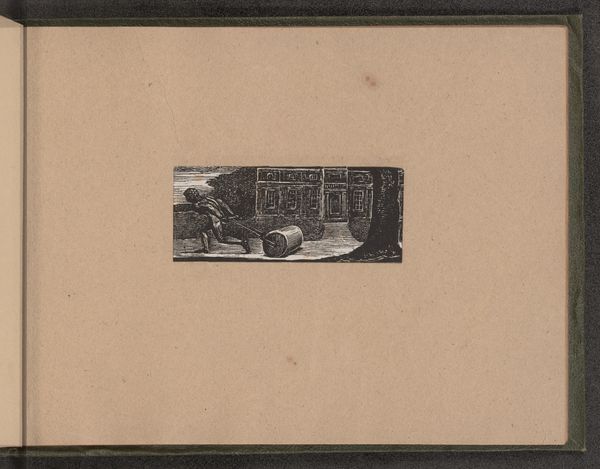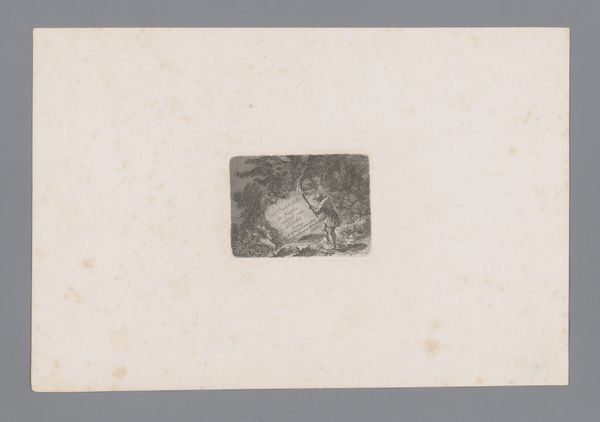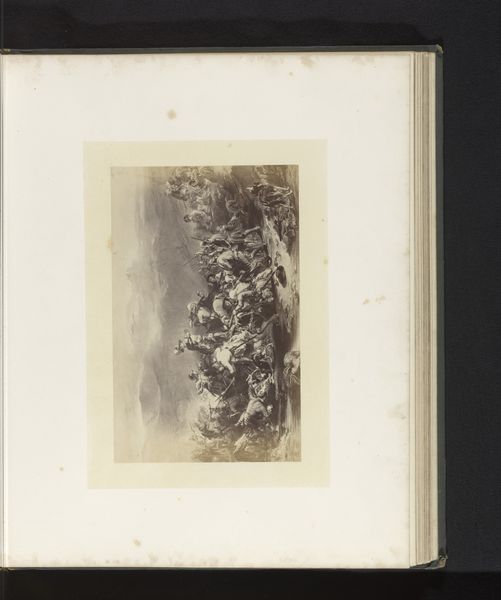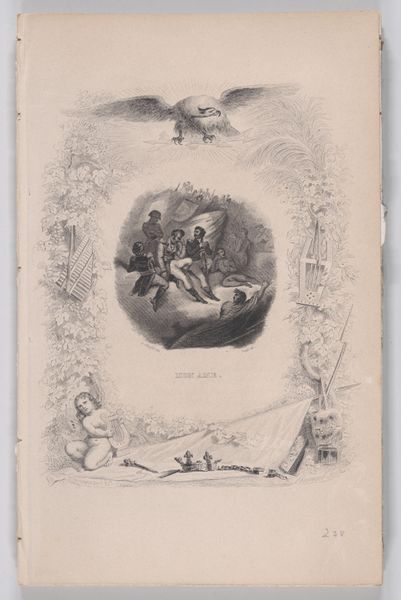
photography, gelatin-silver-print
#
photography
#
gelatin-silver-print
Dimensions: height 88 mm, width 63 mm
Copyright: Rijks Museum: Open Domain
This photographic print, "Snake Priests at Snake Dance," was made by Adam Clark Vroman, who lived from 1856 to 1916. It’s a modest object, likely made using the albumen process, where paper is coated with egg white to create a smooth surface for capturing fine details. The process itself, while seemingly simple, required careful handling of materials and an understanding of chemical reactions. Vroman's choice of photography as a medium is significant. Unlike painting or sculpture, photography offered a seemingly objective record of reality, aligning with the late 19th century's fascination with scientific observation and documentation. However, it’s crucial to remember that photography is never neutral. Vroman, as the photographer, held the power to frame, compose, and ultimately interpret the scene before him. The photograph serves as a cultural artifact, encapsulating Vroman's perspective on the snake dance and its participants, as well as the wider social and political context of the time. By examining its materiality, we can consider how photography both reflected and shaped perceptions of indigenous cultures, and how it played into broader narratives of exploration, colonialism, and cultural exchange.
Comments
No comments
Be the first to comment and join the conversation on the ultimate creative platform.
